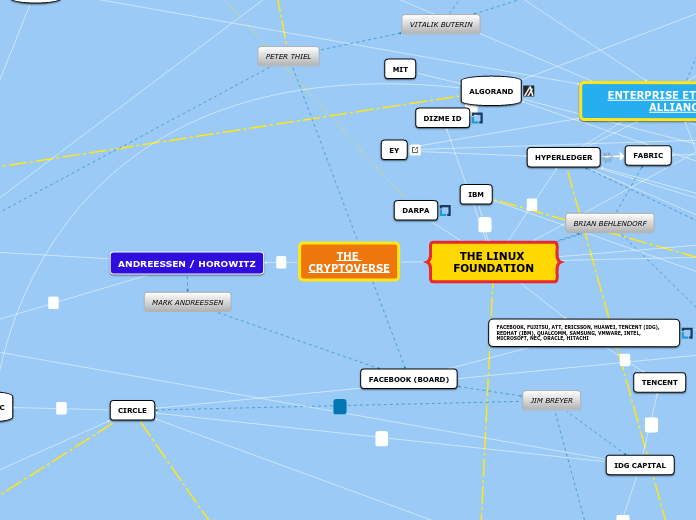15.905 Technology Strategy Assignment
Report
Results/Wrap-up
Our Unique Approaches
Breadth of a product family is an indication of expertise and continued existence of the company in the field. Which increases the perception of trust.
Existing Approaches / Literature Summary
Disadvantages
There are some overheads introduced. It is easier to develop an independent product.
Advantages
The recurring costs are reduced. New products can be introduced faster once the product family is mature.
What is a Product System?
It is a family of products sharing some commonalities ( a core). .
In general terms, a product family is a group of related products that is derived from a product platform to satisfy a variety of market niches. Meanwhile, a product platform can be either narrowly or broadly defined as:
• "a set of common components, modules, or parts from which a stream of derivative products can be efficiently developed and launched" (Meyer andLehnerd, 1997, p. 7)
• "a collection of the common elements, especially the underlying core technology, implemented across a range of products" (McGrath, 1995, p. 39)
• "the collection of assets [i.e., components, processes, knoweledge, people and relationships] that are shared by a set of products" (Robertson and Ulrich, 1998, p. 20)
A review of the literature suggests that product platforms have been defined diversely, ranging from being general and abstract (for example, Robertson and Ulrich, 1998) to being industry and product specific (for example, Sanderson and Uzumeri, 1995). Moreover, the meaning of platform differs in scope: some definitions and descriptions focus primarily on the product/artifact itself (Meyer and Utterack, 1993) while others try to explore
the platform concept in terms of a firm's value chain (Sawhney, 1998).
You have to know where to stop in making things common !!!
What can be different in a product system?
What is common in a product system?
Click the World Icon for Link to Summary Spreadsheet
In fact, there is some redundancy (this mindmap and the spreadsheet both have literature survey part. Perhaps we should keep one gold copy.
Draft Presentation (Click the World Icon for the Link)
Literature Survey
“Technological Discontinuities and Organizational Environments,”
Profit Beyond Measure by Johnson and Broms (Book)
This book covers the benefits that Scania realized by having a modular product system/platform.
Thinking about technology: Applying a cognitive lens to technical change
The product family and the dynamics of core capability (Meyer, Utterback)
<Deniz>The product families have a shared core. This core is composed of common user needs, common distribution channels, common manufacturing processes. By sharing this core, platform based approaches help the companies to eliminate redundant development and marketing effort. Also, multiple products can be introduced at once, which is very difficult for the independent product development case. However, there are some trade offs. The platform approach introduces an overhead on the development of a product-family member compared to an independent product.</Deniz>
The Power of Product Platforms (Book)
<Deniz>This is the most comprehensive resource related to the topic. The book provides guidance for the creation of platform-based product family strategies. The approach introduced by the books is; having a product platform will enable the company to compete with rapid changes in the market as well as saving the company from recurring costs of developing new products from scratch.</Deniz>
Managing product Families: the Case of the Sony Walkman,”









